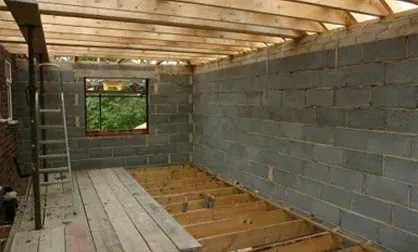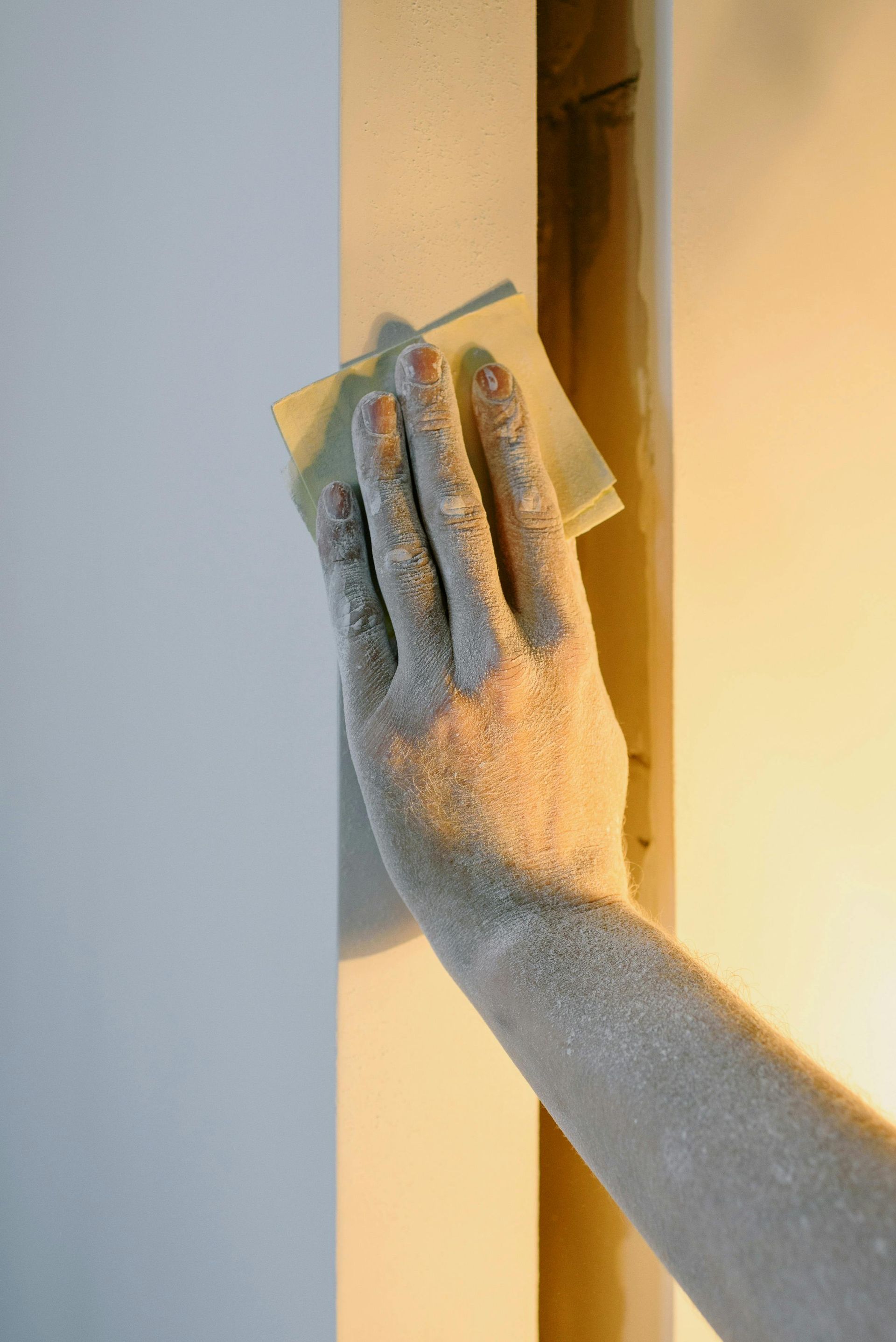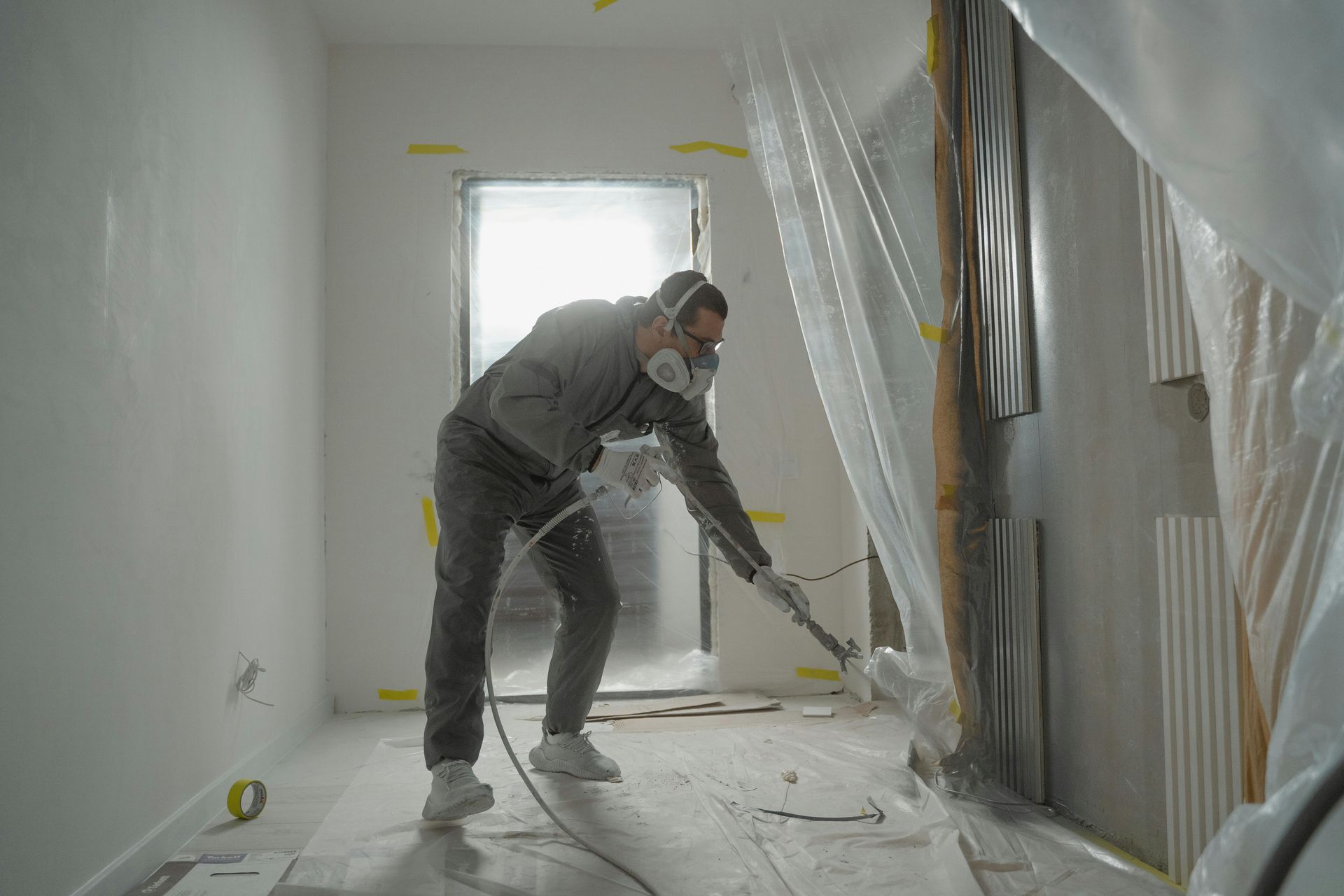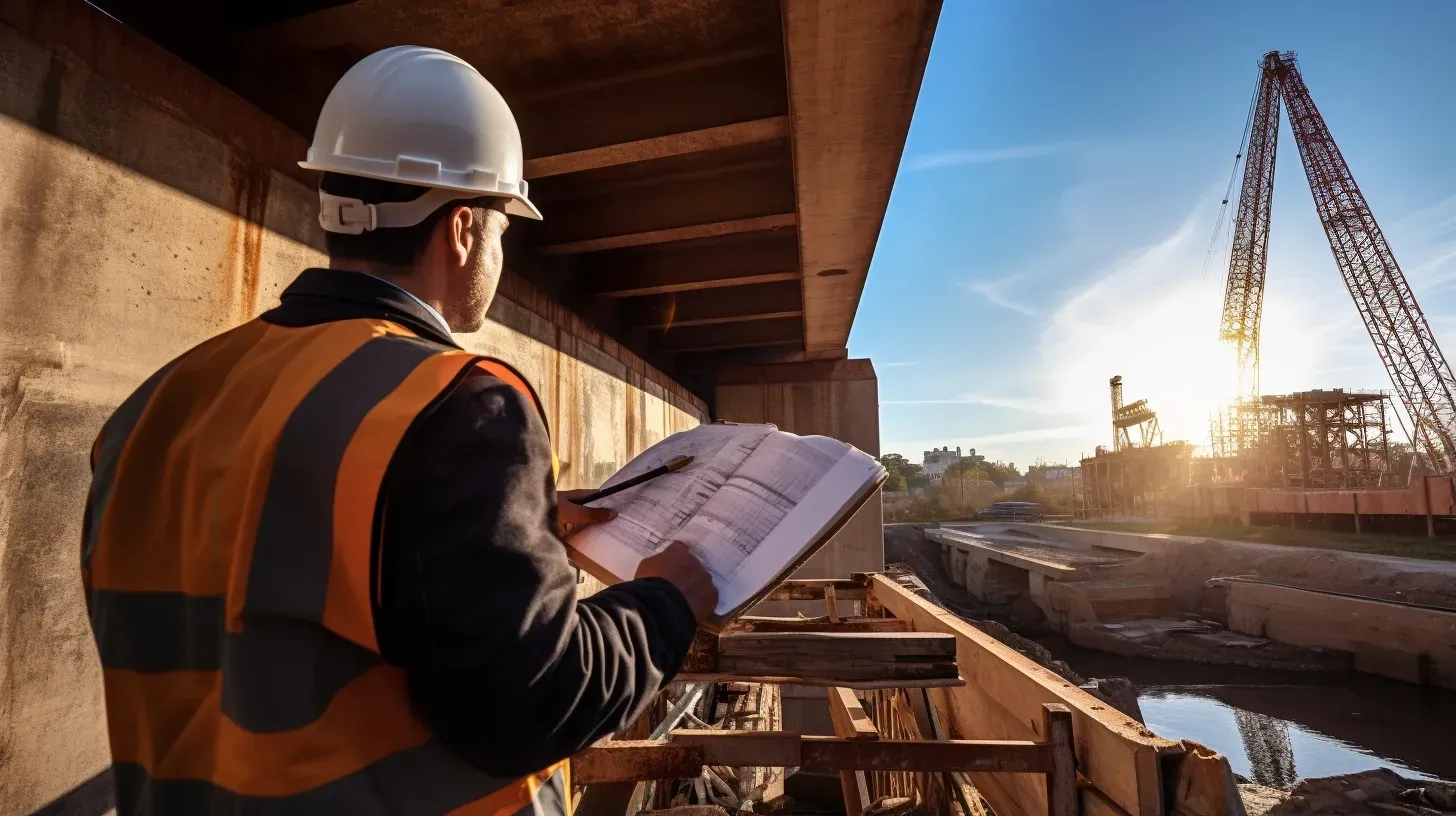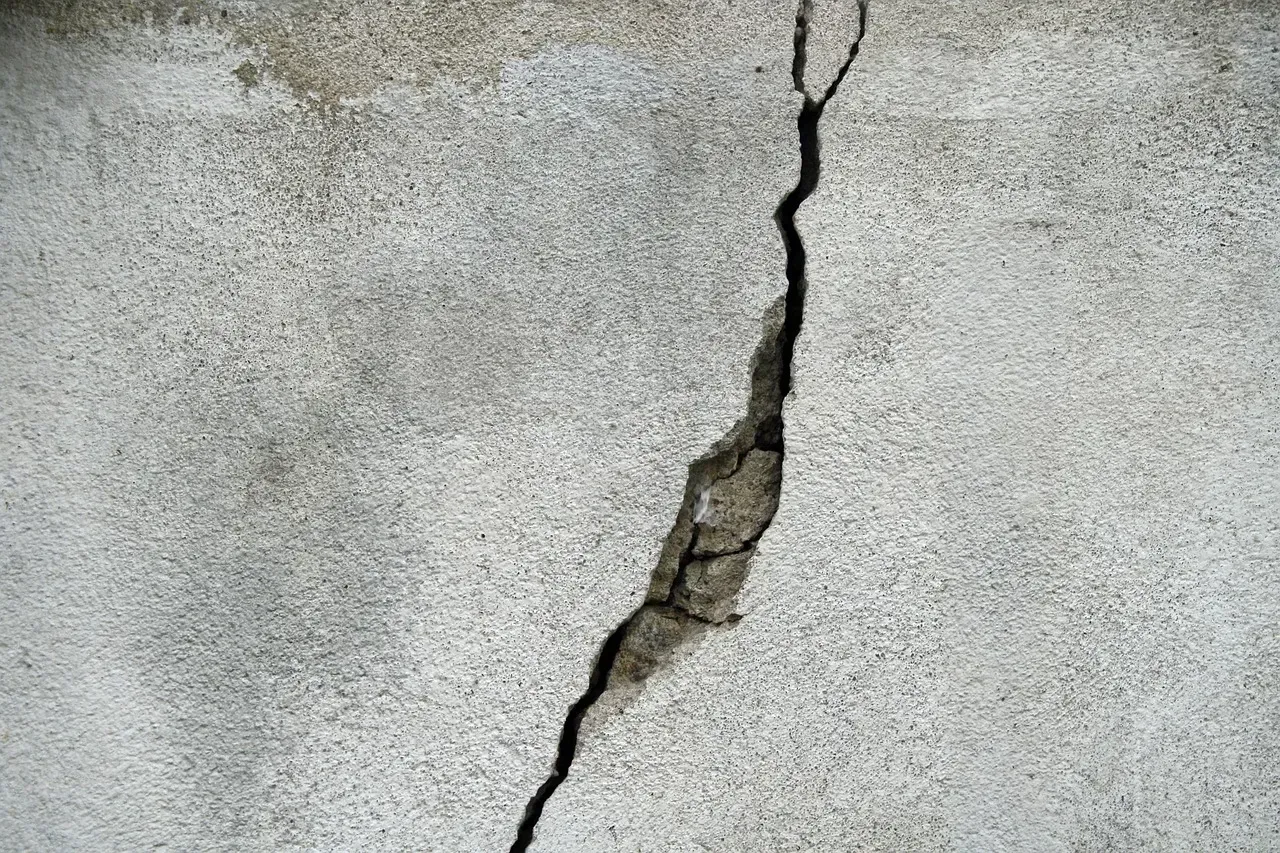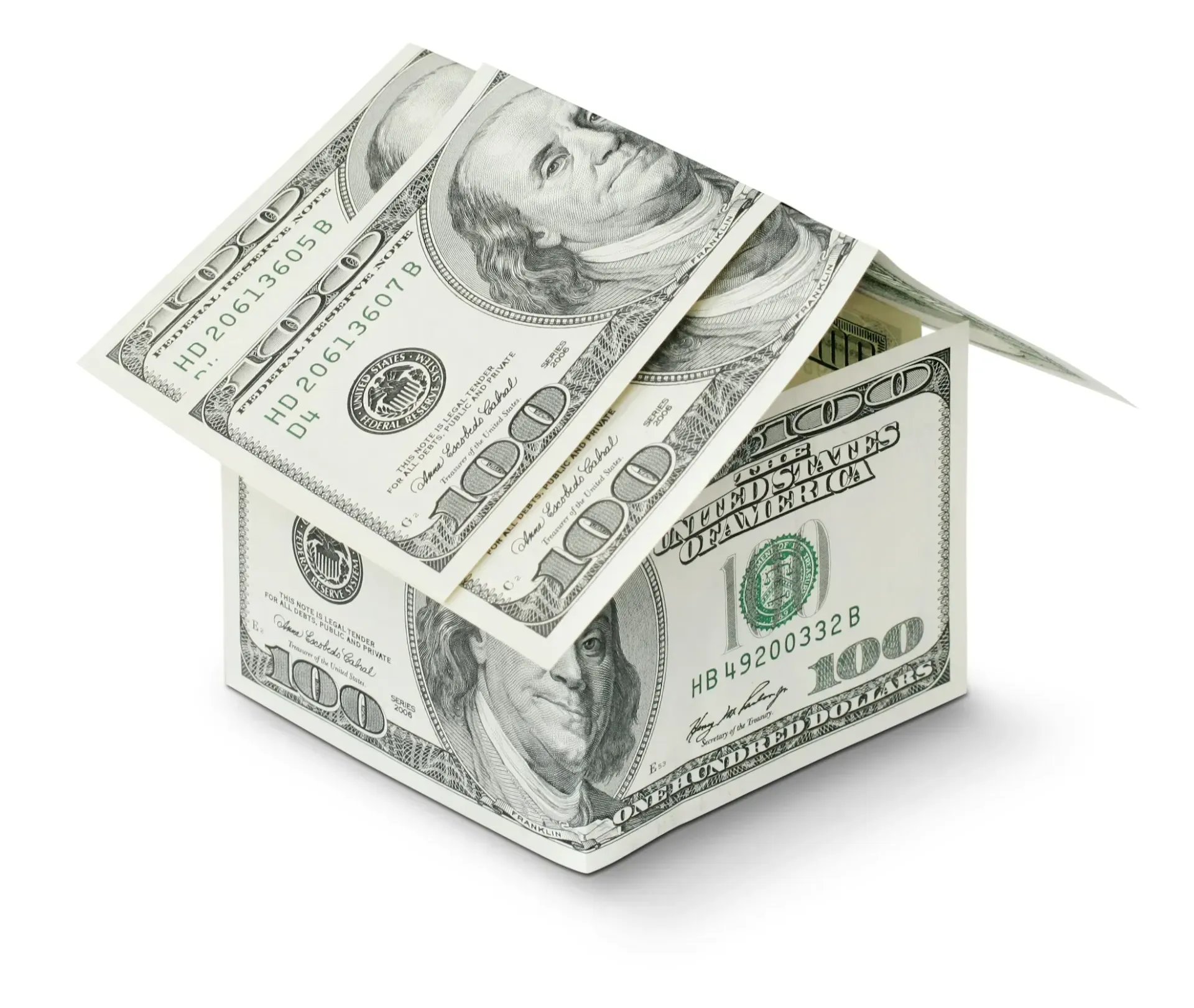Identifying Common Structural Problems: Signs and Solutions
Spotting a structural problem early can save your home—and your wallet. Many homeowners don’t realize that small cracks or uneven floors may point to serious structural issues. If left unchecked, these problems can lead to structural damage, foundation issues, or even collapse. Knowing the signs of structural problems helps you act before they become costly repairs.
In this guide, we’ll show you the most common signs of structural issues, like cracks in walls, sagging floors, roof leaks, or doors that won’t open or close smoothly. You’ll also learn what different types of cracks mean—like vertical cracks, horizontal cracks, or hairline cracks—and what they might signify about your home’s foundation stability. We’ll also cover warning signs like bulging walls, water damage, or peeling paint that may indicate underlying structural concerns.
Our expert advice comes straight from structural engineers who know how to inspect, diagnose, and repair structural problems. Whether it's a misaligned joist, shifting support beams, or a ceiling starting to sag, this guide helps you recognize red flags and take action to keep your home safe. By understanding these indicators of potential structural damage, you can make smart decisions, avoid extensive damage, and enjoy peace of mind.
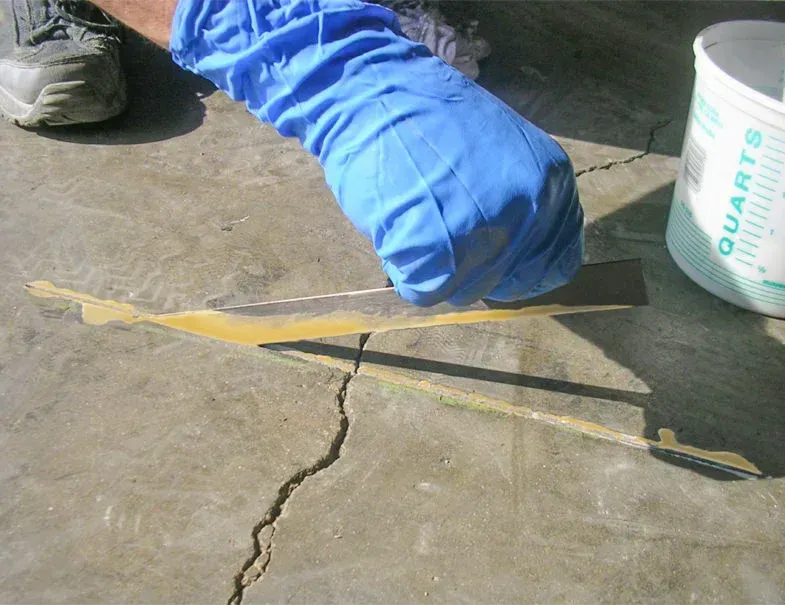
Understanding Structural Integrity: Signs and Consequences
Structural integrity is the silent guardian of any building, but when it's compromised, the signs can be loud and clear. Watch for these red flags:
- Cracks in Walls or Foundations: Small, hairline cracks might be cosmetic, but wider cracks, especially in a stair-step pattern, signal serious issues.
- Uneven or Sloping Floors: This can indicate a shift in your foundation or a problem with the floor joists.
- Sticking Doors and Windows: If they suddenly don't fit their frames, it could mean your house is settling unevenly.
- Bowed or Leaning Walls: Walls that appear to curve outward or lean can indicate a failure in the wall's structural integrity.
- Gaps Around Window and Door Frames: Visible gaps can signify that the structure is shifting.
Ignoring the Warning Signs: The Risks
Neglecting these signs can lead to dire consequences. Small issues like minor cracks can widen, jeopardizing the building's strength. Uneven floors might be a trip hazard initially, but they can evolve into a complete structural failure. Ignoring sticking doors and windows can result in a worsened misalignment, making emergency exits problematic. Bowed or leaning walls, if left unchecked, can collapse. And gaps around frames can allow moisture and pests to invade, leading to further damage. The cost of repairs skyrockets as problems are left unaddressed, not to mention the potential safety hazards for inhabitants.
Unveiling Foundation Flaws: Signs, Risks, and Actions
In the world of structural integrity, the foundation is king. It's what keeps your building grounded and sturdy. But when foundation issues arise, they can compromise the entire structure. Let's break down the signs, the risks, and what you can do about it.
Recognizing Foundation Issues
The Warning Signs:
- Cracks in Walls or Foundation: Not all cracks are created equal. Small, hairline cracks might be harmless, but wider, diagonal cracks are a red flag.
- Uneven Floors: Notice a slope or a dip in your floor? It could be a sign your foundation is shifting.
- Misaligned Doors and Windows: Doors and windows that used to fit perfectly but now stick or won't close could indicate foundation movement.
- Real-Life Example: Consider the case of a historical building in Boston where minor cracks were ignored, leading to a major foundation overhaul. This example underscores the importance of early detection.
The Risks of Ignoring Foundation Problems
Ignoring these signs is like playing Jenga with your building's safety. The risks are real:
Safety Hazards: Those cracks can turn into collapses, putting lives at risk.- Decreased Property Value: Structural issues can plummet your building's market value.
- Statistics Show: According to the American Society of Civil Engineers, over 25% of U.S. homes experience some form of structural distress during their lifespan, often starting with the foundation.
Addressing Foundation Concerns
When to DIY and When to Call the Pros:
DIY: Small, superficial cracks can often be filled with epoxy or other sealants.
Professional Help: For significant issues – like large cracks or uneven floors – consult a structural engineer. They can assess the severity and recommend the best course of action.
Sagging Floors: Spotting the Problem and Fixing It
Sagging floors are more than just an inconvenience; they are a tell-tale sign of deeper structural issues. Let's delve into how to identify this problem, understand its consequences, and explore solutions.
Identifying Sagging Floors
Visual and Physical Indicators:
Noticeable Sloping: If a marble rolls across the floor without a push, that's a clear sign.
Creaking Sounds: Excessive creaking can indicate weakened floor joists.
Gaps in Floorboards: Spaces between floorboards or between the floor and walls can signal a problem.
Engaging Insight: Imagine walking across a floor that feels more like a boat deck. That's the unsettling experience of a sagging floor. It’s not just about feeling off-balance; it's a warning sign from your building.
Consequences of Overlooking Sagging Floors
Ignoring sagging floors can lead to problems that go far beyond a quirky, uneven walkway:
Structural Damage: Continuous stress on joists and beams can lead to major structural failures.
Safety Risks: Uneven floors pose a trip hazard and could eventually collapse under heavy weight.
The Data: A study by the National Association of Home Builders found that floor joist issues are among the top three structural defects in homes, emphasizing the need for prompt attention.
Remedying Sagging Floor Issues
DIY vs. Professional Intervention:
DIY Fixes: For minor sagging, adding support like a sister joist can be a feasible DIY project.
Seeking Professionals: In cases of significant sagging, a structural engineer's expertise is crucial. They can provide a comprehensive plan to not only fix the issue but also address the underlying cause.
Roof Damage Awareness: Spotting Deterioration Early
The roof is your building's first line of defense against the elements, but it's also vulnerable to damage. Early detection of roof issues is key to maintaining a safe and intact structure. Let’s explore how to spot these problems and what actions to take.
Identifying Roof Damage
Key Indicators to Watch For:
Missing or Damaged Shingles: These can lead to leaks and structural weakness.
Sagging Roofline: A drooping roof is a serious sign of structural issues.
Water Stains on Ceilings: These often indicate a leaky roof, even if the roof itself seems intact.
Insightful Example: Think of a roof like a shield. Even a small chink can compromise its ability to protect. A case study from Florida shows how unnoticed water stains led to a major roof overhaul.
Risks of Ignoring Roof Damage
Neglecting roof damage doesn’t just lead to leaks; it can have far-reaching consequences:
Structural Decay: Water infiltration can weaken the entire building structure.
Increased Repair Costs: Small issues can escalate into expensive repairs if not addressed promptly.
Statistics Highlight: The National Roofing Contractors Association reports that roof-related issues are among the top causes of building damage, emphasizing regular inspections.
Addressing Roof Concerns
DIY Repairs vs. Professional Solutions:
DIY: Replacing a few shingles can be a manageable task for a handy homeowner.
Professional Assessment: For extensive damage or sagging, a roofing expert can provide a comprehensive evaluation and repair plan. Remember, your safety is paramount; steep or high roofs should always be left to professionals.
Water Infiltration and Its Effects: A Silent Threat
Water infiltration might be less visible than other structural issues, but its impact can be just as devastating. Understanding how to spot and address water damage is essential for maintaining a healthy building.
Recognizing Signs of Water Infiltration
Common Indicators:
Water Stains or Discoloration: Look for unusual spots on walls, ceilings, or floors.
Mold or Mildew Presence: A musty smell or visible mold growth indicates moisture problems.
Peeling Paint or Wallpaper: These are often early signs of water damage.
Engaging Example: Picture discovering a small, innocuous water stain on the ceiling. It might seem trivial, but it could be the tip of the iceberg, signaling a much larger issue hidden from view.
The Consequences of Ignoring Water Damage
Water infiltration, when left unchecked, can lead to serious problems:
Structural Weakening: Persistent moisture can deteriorate key structural elements.
Health Risks: Mold and mildew can cause health issues, particularly for those with allergies or asthma.
Data Insight: A study by the Environmental Protection Agency highlights that water damage, if not promptly treated, can lead to significant increases in mold growth within 24-48 hours.
Tackling Water Infiltration Issues
DIY Solutions and When to Seek Help:
DIY: Addressing minor leaks, such as re-caulking around windows or fixing a leaky faucet, can be done by homeowners.
Professional Intervention: For persistent leaks, unexplained water stains, or extensive mold, it’s crucial to get a professional assessment. They can identify the source of water infiltration and suggest effective remedies.
Other Structural Warning Signs: Beyond the Obvious
While foundation issues, sagging floors, roof damage, and water infiltration are common structural problems, there are other, less obvious signs that shouldn't be ignored. Being aware of these can help in early detection and prevention of major issues.
Spotting Less Common Structural Issues
Signs to Look Out For:
Cracks in Ceiling or Drywall: Unlike wall cracks, these can be easily overlooked but may indicate serious structural stress.
Doors and Windows Out of Square: This subtle sign can mean shifting or settling of the building.
Bulging or Cracked Exterior Walls: These are signs of potential structural failure.
Real-World Example: An office building in Seattle overlooked minor door alignment issues, only to discover later they were symptoms of a larger structural problem affecting the entire building.
Risks of Overlooking These Signs
Ignoring these signs can lead to major structural failures:
Potential Collapse: Structural weaknesses, if not addressed, can lead to catastrophic failures.
Expensive Repairs: Minor issues can escalate into costly repairs if not promptly addressed.
Statistical Insight: The International Association of Certified Home Inspectors reports that structural issues often go unnoticed until they become major problems, stressing the importance of regular inspections.
Addressing These Structural Concerns
DIY Checks and Professional Assessments:
DIY: Regularly inspect your home for any of the signs mentioned. Use a level to check for alignment issues.
Expert Evaluation: For any signs of serious structural issues, like bulging walls or significant cracks, consult a structural engineer. Their expertise is vital in diagnosing and resolving such issues.
Professional Assessment and Repair: The Path to Structural Safety
When structural issues transcend DIY fixes, it’s time to call in the experts. Professional assessments and repairs are crucial in ensuring the safety and longevity of your building.
Deciding When to Seek Professional Help
Key Considerations:
Extent of Damage: Major issues like large cracks, significant sagging, or extensive water damage require professional expertise.
Safety Concerns: If there's any doubt about the building's safety, it's time for an expert opinion.
Regulatory Compliance: Professionals ensure that repairs meet local building codes and regulations.
What to Expect During a Professional Assessment
The Process:
Thorough Inspection: Experts conduct a detailed examination of the building to identify all issues.
Diagnosis and Plan: They provide a comprehensive report on the problems and the recommended course of action.
Cost and Time Estimates: Get a clear understanding of the repair costs and timelines.
Real-Life Scenario: A residential complex in Chicago underwent a professional assessment after noticing multiple structural issues. The detailed report helped the owners understand the severity and plan for necessary repairs, ensuring the building's safety and integrity.
Navigating Repair Processes
Guidance for Homeowners:
Choosing the Right Contractor: Look for licensed, experienced professionals with good reviews.
Understanding the Repair Work: Stay informed about the repair process and expected outcomes.
Long-Term Maintenance Plan: Post-repair, implement a maintenance plan to prevent future issues.
Maintaining Structural Health: Proactive Prevention
Regular maintenance is key to preserving the structural integrity of your building. By being proactive, you can prevent many common issues from developing into major problems.
Regular Maintenance Tips
Preventative Strategies:
Routine Inspections: Regularly inspect your property for early signs of structural issues.
Address Minor Issues Promptly: Small problems like minor cracks or leaks should be fixed immediately to prevent escalation.
Seasonal Checks: Different seasons bring different challenges; for example, check for water damage in spring and roof integrity after winter.
Incorporating Expert Guidelines
Following Professional Advice:
Consulting with Experts: Regular consultations with a structural engineer can provide valuable insights into the health of your building.
Staying Informed: Keep up with the latest building standards and repair techniques to ensure your property meets current safety guidelines.
The Importance of a Long-Term Care Plan
Creating a Sustainable Strategy:
Develop a Maintenance Schedule: Create a calendar of routine checks and maintenance activities.
Budget for Repairs and Upgrades: Allocate funds annually for potential repairs and upgrades to avoid surprise expenses.
Documenting Changes and Repairs: Keep a record of all maintenance work and structural changes for future reference and value assessment.
Engaging Insight: Think of your building as a living entity that ages and changes. Just like regular health check-ups can keep a person healthy, consistent maintenance ensures the longevity and safety of your building. It’s not just about fixing problems; it’s about preventing them.
Recommended Service: Structural Works Group
If you're facing any of the structural issues discussed in this guide and are located in the Charlotte, NC area or its surroundings, consider reaching out to Structural Works Group. They offer a comprehensive range of services to address various structural concerns:
Services Provided by Structural Works Group:
Structural Repair: Expert solutions for all types of structural damage.
Foundation Repair: Specializing in fixing foundation flaws to ensure your building’s stability.
Home Inspection Repairs: Addressing issues identified during home inspections.
Crawlspace Remediation: Solving problems in hard-to-reach crawlspaces.
Basement Wall and Concrete Slab Repairs: Reinforcing and repairing basement structures.
Wood Deck Inspection and Repair: Ensuring your outdoor spaces are safe and sound.
FHA, VA, and HUD Foundation Repairs: Meeting specific requirements for government-insured loans.
Service Areas:
Structural Works Group serves several locations, including:
Charlotte, NC
Concord
Gastonia
Mooresville
Shelby
By choosing Structural Works Group, you'll be working with professionals who understand the intricacies of structural issues and are equipped to provide effective, long-lasting solutions. Their commitment to quality and safety makes them a reliable choice for your structural repair needs.

